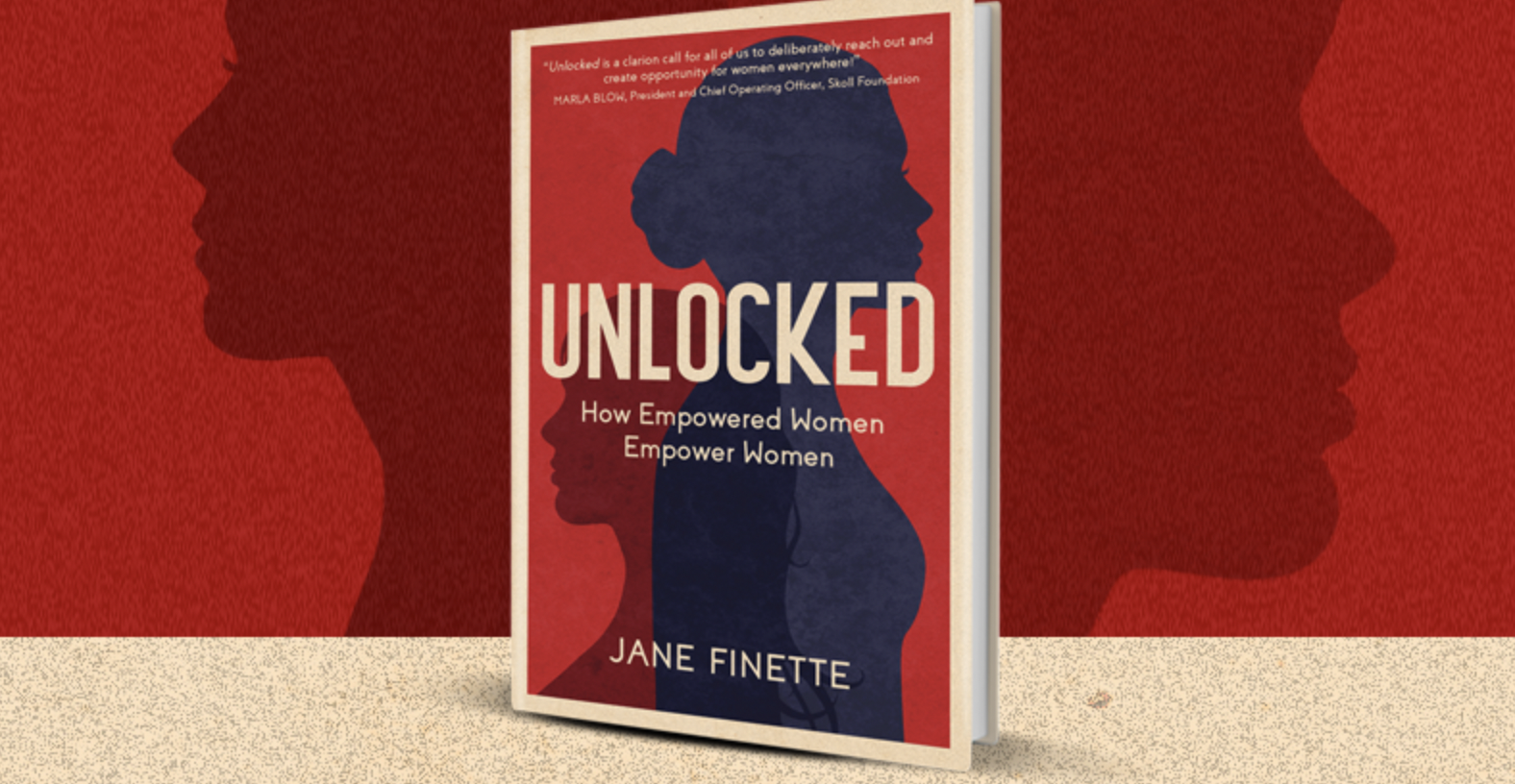I missed out on a peer forum experience when I was a global executive. Partly because I was constantly traveling the world on business trips to visit clients, attend conferences, and have meetings at our global HQ. Partly because I was unaware of peer advisory boards as an emerging category of leadership development. When I […]
Continue readingWhat is the first question you should ask yourself as a leader?

The first question I want to ask you is the following: Are all the members of your team the same? And if they are not; How do you adapt your leadership style to each one of them? Because that’s what being a leader is all about. To be able to lead each one of your collaborators. I could bet you’ve never asked yourself this question. And if you have done it, what is the tool you use to adapt to your collaborators? Because a good leader knows how to empower his collaborators, getting the best out of each one of them. How will you manage to do it when you don’t know what their personality is like? After having researched for years about which is the most effective tool that allows identifying the different types of personalities, I want to share with you the one that I have been using for more than 10 years, and that has helped me to identify the professional personality style of each one of the General Managers I work with on a daily basis. With a single goal, knowing how to address them effectively to mobilize them to action. The powerful thing about this is the effectiveness in its applicability and the simplicity of identifying each type of personality. This tool divides all personalities according to 2 variables.
The energy variable. And the interest variable.
The tool is known as DISC, and each letter represents a personality style. Surely you will be able to identify with one of the styles more than with another. And in the same way, you can do it with the members of your team.
Let’s see what each of the letters means and the most marked characteristics in each of them.
Let’s start with the energy variable: How do they move?
If we divide the image into 4, above and below the horizontal median line, we analyze the energy variable, that is, “how it moves.”
If we see in figure 1, above the middle line, we have the most extroverted personalities, more energetic. They are those who give a lot of energy to the environment, and in the same way, they demand a lot of energy. They move fast, they are determined, speak with a somewhat elevated tone, and are very expressive. They do not go unnoticed at all. If they are late to a social event, it shows that they have arrived. They greet naturally and have no problem interacting with strangers.
Below the middle part, we have the most introverted personalities, and they are those more calm personalities. They don’t demand much of the context, and they don’t deliver enormous amounts of energy to you either. They are calm, thoughtful, move with some caution, rarely raise their voices, and are not very expressive. They can go unnoticed. If they are late to a social event, they observe people very carefully, seek to settle in a place that goes somewhat unnoticed, and do not proactively interact with strangers.

We are describing extremes, and there are undoubtedly middle terms. But for you to understand this tool well, it is useful to graph it with extremes.
Let’s continue with the variable of interest.
The variable of interest: How do they think?
Yes, In the same graph to the left and the vertical line’s right, we analyze personalities according to their connection with other people. What is it? And where is their interest centered? o How do they think?
If we see in figure 2, to the vertical line’s right, we have the personalities with the focus or interest placed on interpersonal relationships. They are people who accept others, take care of interpersonal relationships, and enjoy sharing with others. These personalities are somewhat social, relational, and prioritize people’s feelings for, above all. They love collaboration. They do not like to do things alone.
Then, to the left of the vertical line, we have the personalities with the focus or interest placed on the norms and the results; they are people more prone to question the opinions of others, they easily challenge the statements of others and are feeling more comfortable defining and doing tasks individually to achieve results. Their focus and interest are on getting things done, and we could say that for them, the end justifies the means.

Summarizing
Now, we have segmented the personalities according to the energy and their contribution to the environment. According to where they are interested, we can see that 4 quadrants have been created.
These 4 quadrants are what give life to the DISC.
And this combination of both variables, our natural personality arises as defined by the DISC tool, as shown in figure 3:

Figure 3
If we see in figure 3, in the upper left quadrant, we find high energy and interest personalities placed on the rational, the norms, and the results. They like to dominate and impose their ideas and rules. They are known as Dominant, and we identify them with the color red. If we wanted to exemplify with a country, it would be the United States, China, Russia. According to studies carried out by TTI Performance Systems in 2019, 18% of the world population has the “dominant” personality type; TTI obtained this result from a survey of 17,382 people.
Each type has natural strengths and weaknesses, or as DISC calls them, “growth areas.” Some of the “dominant” growth areas are that they tend to get angry, lose control easily, and use pressure to accomplish their own goals. They are also often stubborn and sometimes find it difficult to delegate authority.
Then in the upper right quadrant, we find personalities also with High Energy, but with interest in the Emotional, relationships, and influence. They like to socialize and be able to influence others. They are known as Influencers, and we identify them with the color yellow. Again, if we see them as countries, they could be Italy, Argentina, Brazil. According to the study carried out by TTI worldwide, 32% of the world’s population is an “influencer.”
This type’s strengths result in them being sociable, entertaining, outgoing, empathetic, and friendly people. On the other hand, some of the growth areas are that they can tend to have self-destructive, undisciplined, disorganized behaviors. Sometimes, they are usually exaggerated to impress other people.

Going to the lower right quadrant, we find Low Energy and Interest personalities also placed on the emotional: they like to collaborate and take care of others. They avoid conflict, and they also avoid change. They are known as Holders, and we identify them with the color green. If they were a country, it could be Peru, Greece, France. According to the study carried out by TTI at the international level, 35% of the world population is of the “supportive” type.
Finally, and moving to the lower right quadrant, we find personalities with Low Energy, but in this case, the Interest is placed on the Rational: they like to analyze and reflect on rational rules, they are analytical and think very well each of their steps. They are known as Cautious, and we identify them with the color blue. In countries, we can find Germany, Chile, Holland. According to the before-mentioned study, 14% of the world population is “Cautious”; it is the least common group.
This type’s strengths result in them being loyal, trustworthy, self-sacrificing people, and they are excellent supervisors. On the other hand, some of the growing areas are that they can be overly critical and, at times, very temperamental. Sometimes they may have low self-esteem and fear of rejection. They are also usually very perfectionists.
Now that you have already learned this tool that defines the personality, what are you like? What is your predominant color? What are the members of your team like? How is each one of them?
Depending on the color, how you get ahead is how leaders and team members relate, think, face challenges, and make decisions. Certainly, green is very different in decision making and how it addresses challenges than red and blue. And it will also be very different how you should approach communication with each one of your team members.
So let’s go back to the initial question: Are all your collaborators the same? And if they are not, how do you adapt your leadership style to each of them?
Greetings from a Yellow – Red!




















